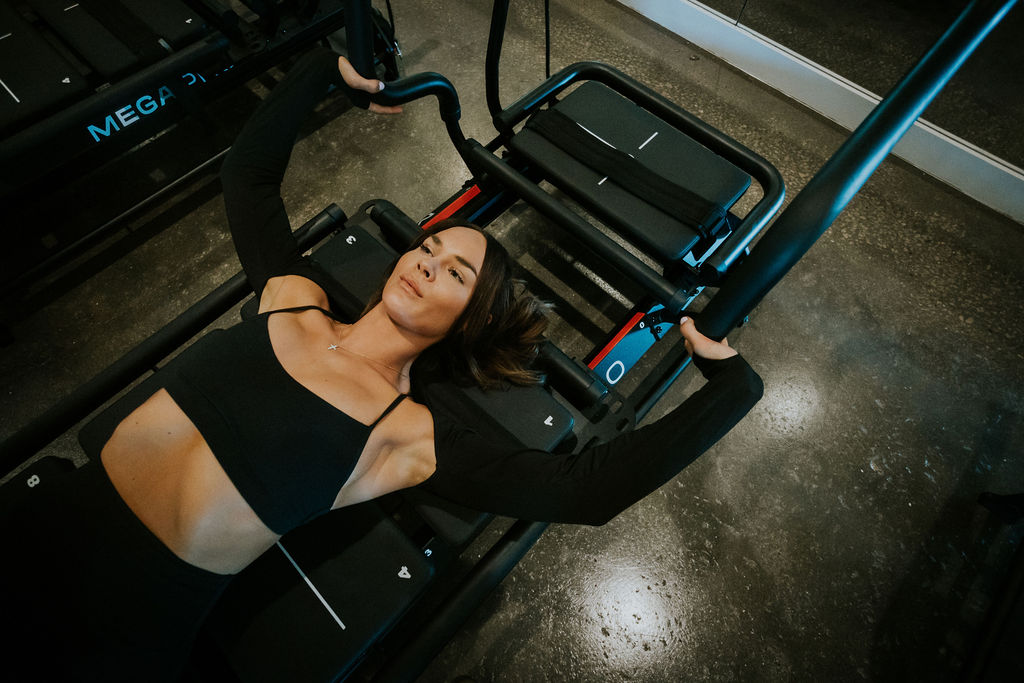What Age Is Too Young for a Deep Plane Facelift?
Many patients in their 40s or early 50s start noticing subtle changes like sagging skin, early jowls, or deeper smile lines and begin exploring their options.
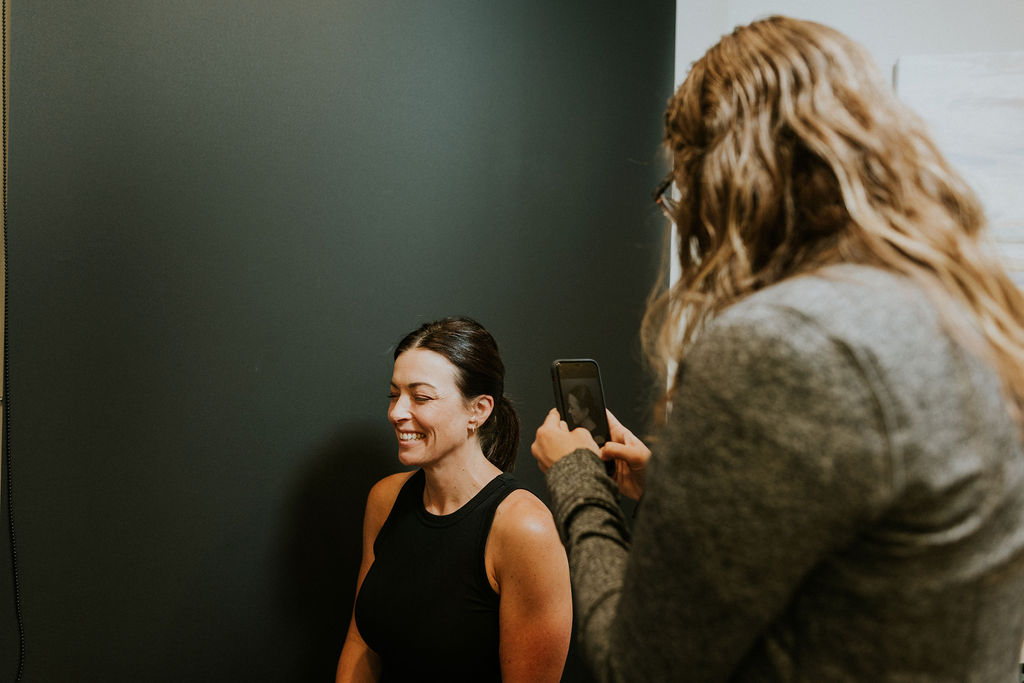
If you’ve ever wondered, “Am I too young for a facelift?”—you’re not alone.
Many patients in their 40s or early 50s start noticing subtle changes like sagging skin, early jowls, or deeper smile lines and begin exploring their options.
These changes can be a result of aging, genetics, weight loss, or a combination of all three.
Because everyone’s goals and anatomy are different, there’s no single "perfect" age for a facelift procedure.
But understanding how aging, genetics, and weight loss affect your facial structures and knowing the benefits of a deep plane facelift can help you make an informed, confident decision.
Let’s dive into the timing, benefits, and options available to you when it comes to facial rejuvenation with plastic surgery.
What Is a Deep Plane Facelift? Why It’s Different from a Traditional Facelift
A deep plane facelift is one of the most advanced facelift techniques available today. Unlike a traditional facelift, which focuses mainly on tightening the skin, the deep plane approach lifts and repositions deeper layers of tissue, including the muscle and connective structures beneath the surface.
This facelift technique addresses some of the most common signs of facial aging, including:
- Sunken / Hollowing of Temples
- Prominent Orbital Ridge
- Loss of Mid-Face Volume / Blunting of Cheek
- Loss of Cheekbone Contour
- Prominent Nasolabial Fold
- Down Turn of Mouth
- Loss of Jawline Contour / Sagging
- Jowling Behind Chin
- Flattened / Blunted Chin
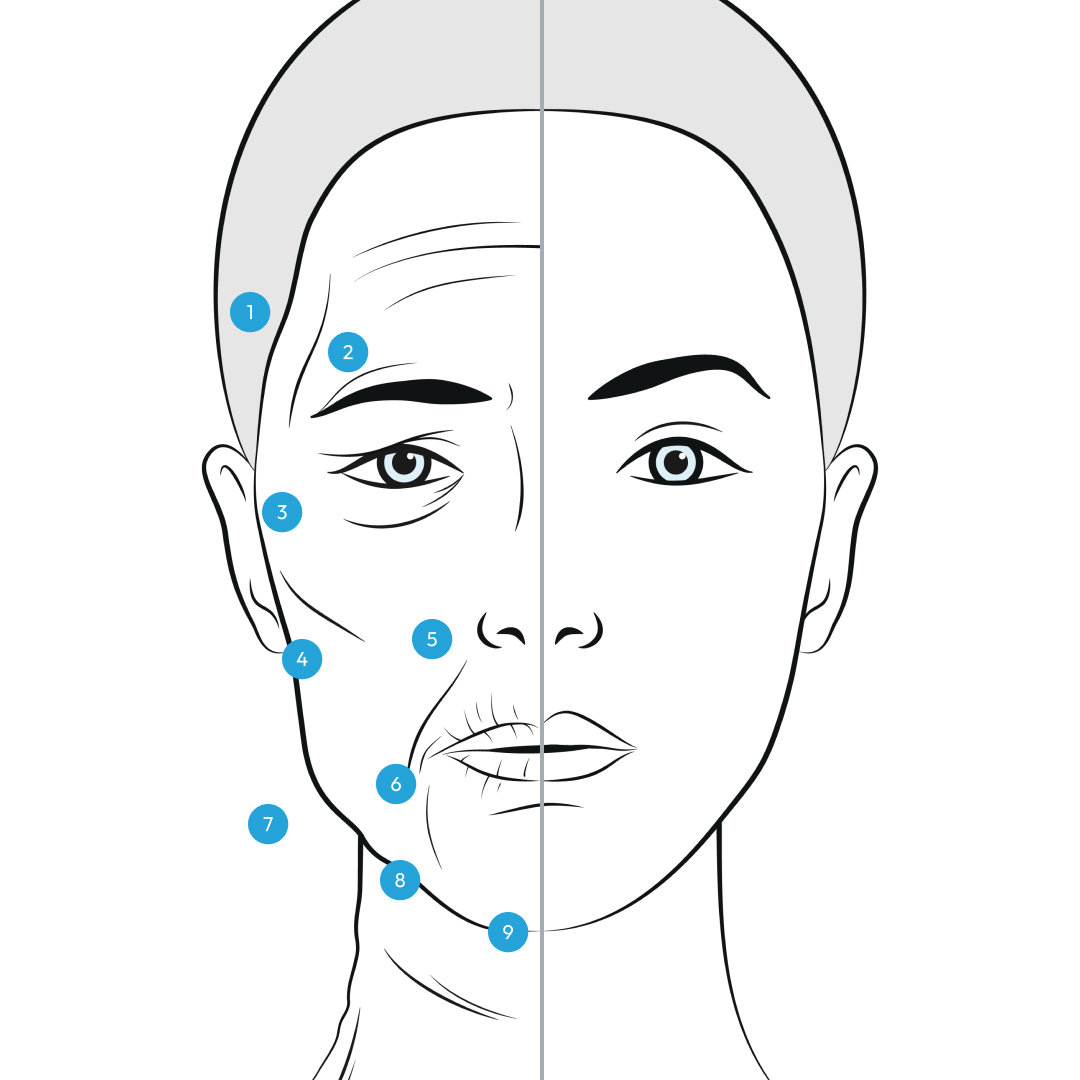
Because the deeper facial structures are repositioned, the results tend to look more natural, avoiding the pulled, overly tight appearance some associate with outdated types of facelifts.
Additionally, this facial rejuvenation procedure tends to offer longer-lasting results compared to less comprehensive techniques, making it a popular choice for those looking for significant yet subtle improvement.
At Amelia, a facelift often includes a neck lift and fat grafting as needed to provide the most balanced, natural-looking outcome.
What’s the Best Age for a Facelift? It Depends on You
The right age for a facelift depends entirely on your anatomy, lifestyle, and aesthetic goals.
Some people begin considering facelift surgery in their 40s to address early signs of aging or after significant or rapid weight loss, while others wait until their 50s, 60s, or even beyond, when facial skin laxity and deeper sagging become more pronounced.
There’s no one-size-fits-all approach, but understanding your own skin elasticity and how your facial structures are changing can help guide your decision.
Factors that influence the age for a deep plane facelift include:
- Genetics and family aging patterns
- Sun exposure and skin care history
- Facial volume loss and bone structure
- Skin laxity or change in skin quality after weight loss
- The presence of sagging, deep lines, or jowls
- Personal preference for timing and results
For some, taking a proactive approach with a deep plane facelift earlier in life can help maintain a youthful, refreshed appearance for longer.
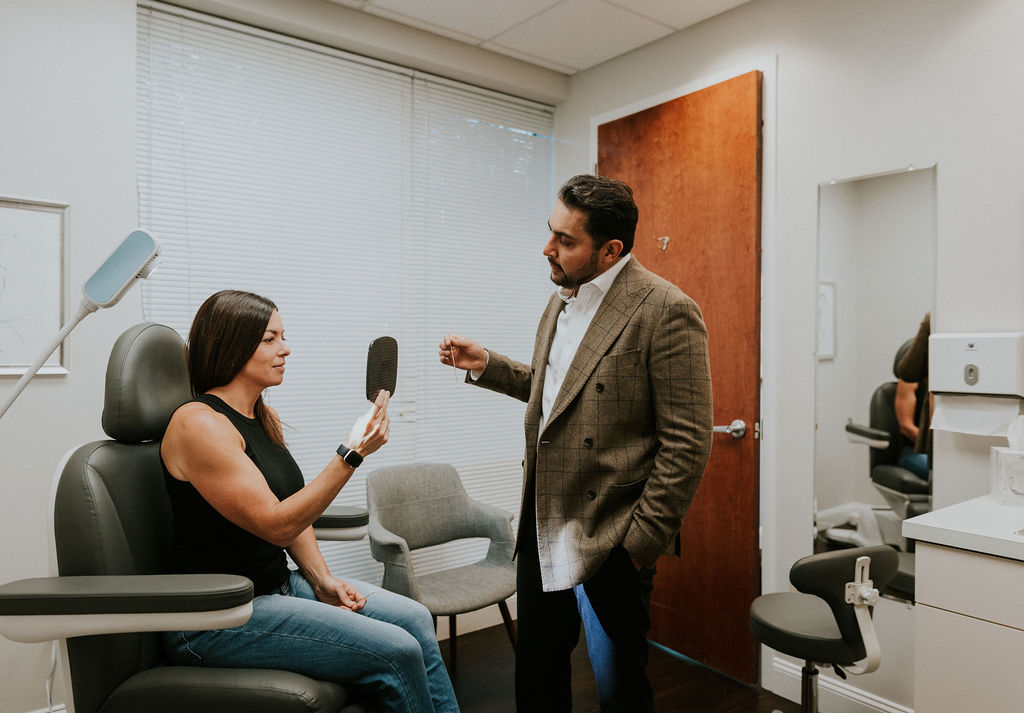
In Your 40s: Are You Too Young for a Facelift?
Many patients in their 40s ask themselves: “Am I too young for a facelift?” Whether they are seeing early signs of aging or notice changes in facial features after weight loss, a facelift for 40-somethings is increasingly common, and for good reason!
In your 40s, you might begin to notice:
- Early signs of skin laxity, especially along the jawline
- More visible nasolabial folds or marionette lines
- Midface volume loss contributing to a tired or deflated appearance
- A change in the firmness of your facial skin
Having a facelift in your 40s addresses these early signs of aging, provides subtle, yet youthful results, and can help reset for a gradual transition into your 50s.
Though every patient is unique, people in their 40s typically still have good skin elasticity which enhances the overall result and recovery process.

Facelift Surgery in Your 50s and 60s: Is It Too Late?
Though the trend is shifting towards a younger crowd, the 50s and 60s are often considered the most popular age for a facelift. This is typically when:
- Facial skin laxity becomes more noticeable for many
- Jowls and sagging along the jawline are prominent
- Nasolabial folds deepen significantly
- Loss of volume and definition affects the entire lower face
In this age group, many patients opt for a deep plane facelift and neck lift to restore overall harmony.
The deep plane facelift addresses both the skin and underlying facial structures, providing comprehensive, natural results that align with your features, not against them.
The neck lift repairs underlying muscles and removes excess skin for a more defined jawline.
Fat grafting may also be included with your facelift. As we age, fat and volume loss results in a “sunken” or “tired” look. Unlike dermal fillers, fat grafting offers long-lasting results using natural fat to restore youthful fullness.
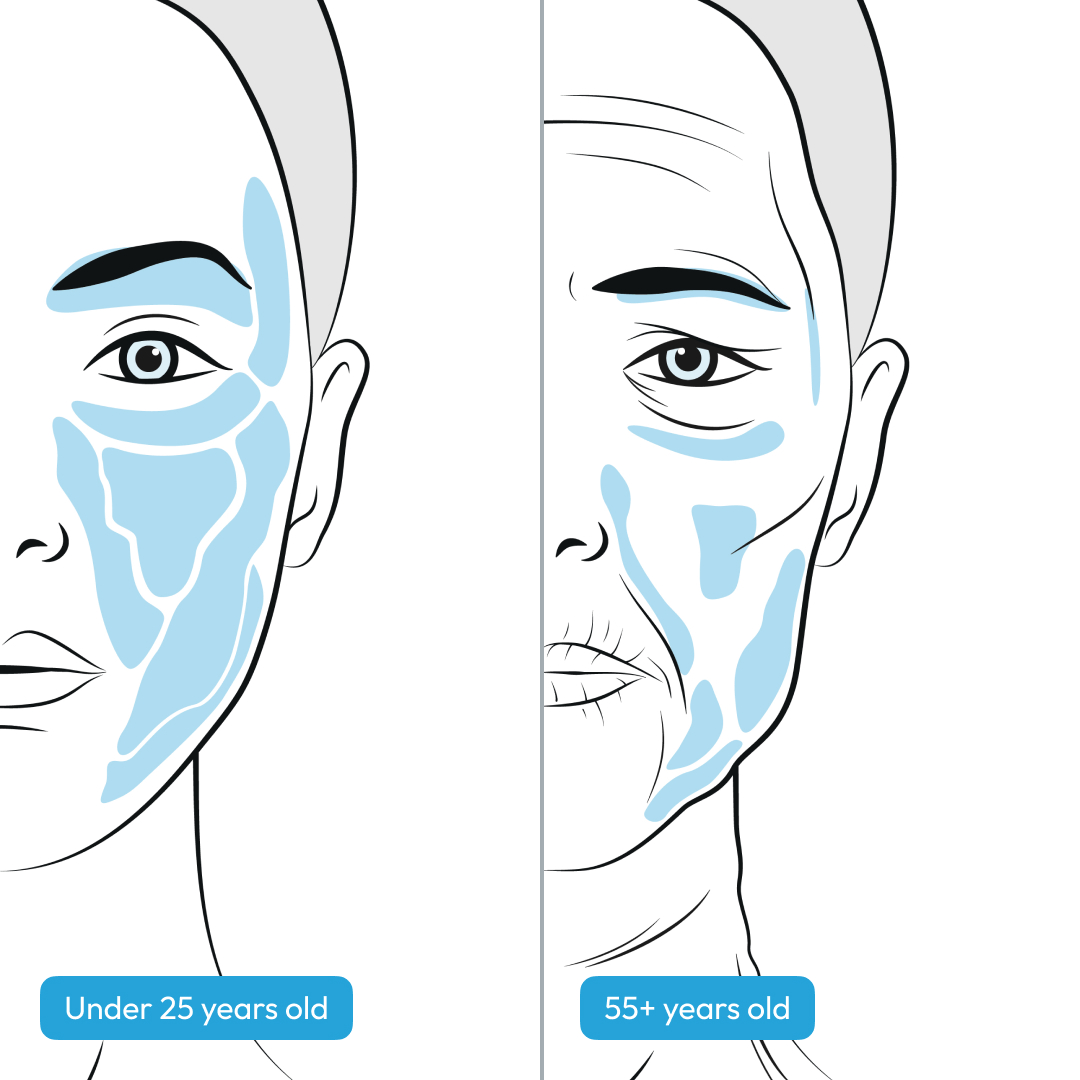
The benefit of waiting until this stage is that the improvements tend to be more dramatic. However, skin elasticity naturally declines with age, and can play a role in the result and healing.
At your consultation, your surgeon will walk through the benefits and potential risks for your unique procedure.
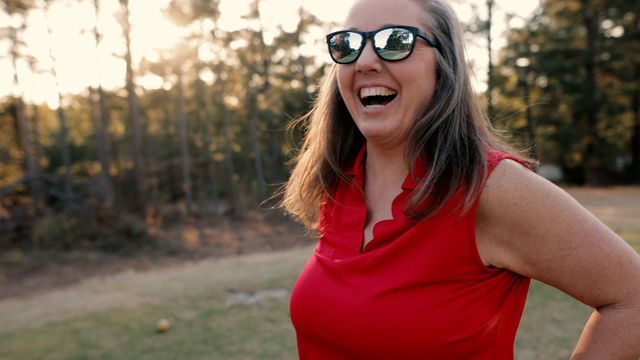
Let’s Talk About the Right Age for You
Some patients explore the benefits of a deep plane facelift earlier in life after weight loss or for preventative measures, while others wait until signs of sagging, skin laxity, and facial volume loss are more advanced.
The first step in knowing the right age for you is scheduling an in-person or virtual consultation.
Never a sales pitch, the goal of consultation is to provide clear information, realistic expectations, and options that meet your goals in a pressure-free environment.
This is a private space to ask questions and discuss your options so you feel empowered, educated, and ready whenever (if ever) the time is right for you.

Ready to start your journey?





.jpg)

